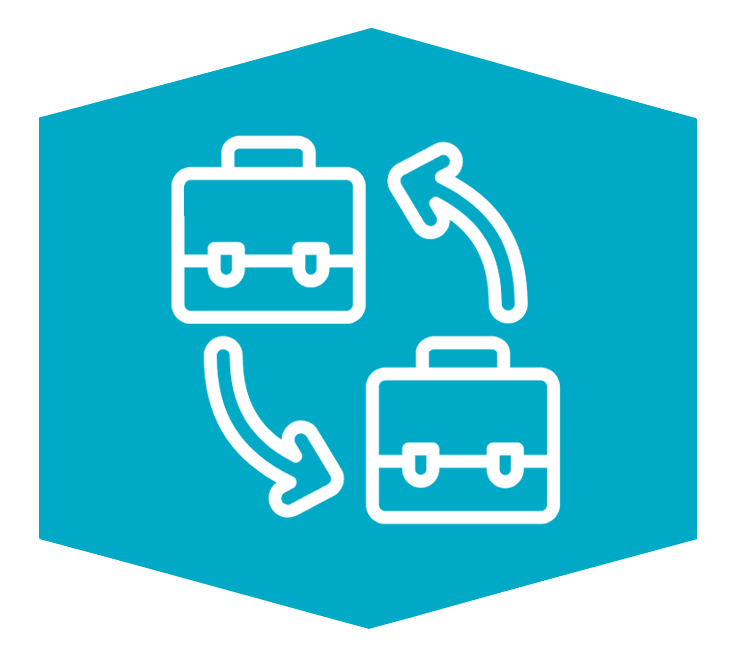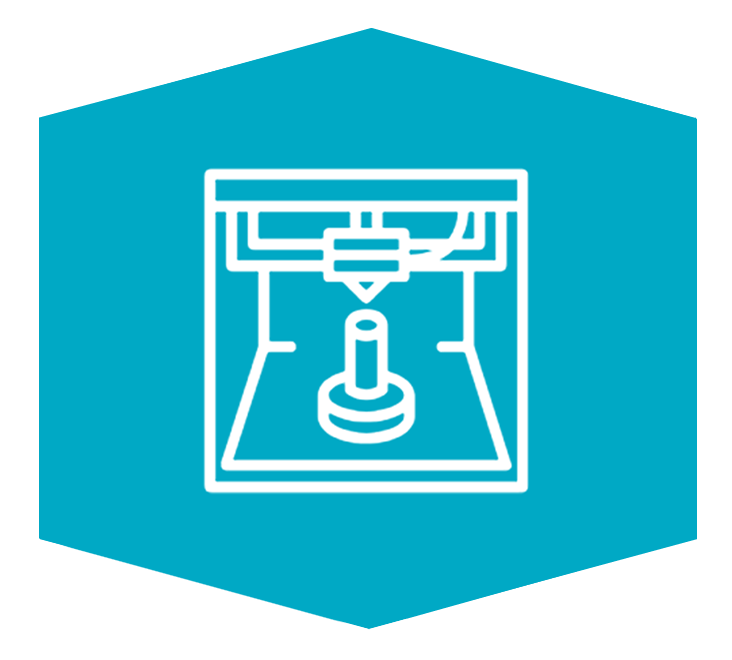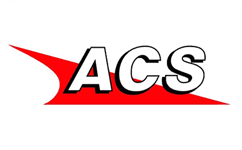This handy crimp terminal kit containing an assortment of 400 high-quality colour coded insulated bootlace ferrules (also known as cord end ferrules or wire end ferrules). These wire ferrules range from size 0.5mm² through to 6mm² and are stored in separate compartments within a clear box for easy selection. This kit is portable and ensures you are equipped with all the necessary terminal sizes when it comes to terminating conductors wherever you are working.
What Is a Bootlace Ferrule?
A bootlace ferrule is a metal tube or ferrule with a moulded colour coded insulating collar made from plastic. The ferrule is slipped over the end of a multi-stranded wire or cable, crimped and then inserted into a screw or spring clamp connection.
Where is a Bootlace Ferrule Used?
When the end of a multi-stranded wire is stripped and placed directly under a screw terminal the strands of the wire will naturally fan out under the pressure of the screw. Some strands will go astray. This reduces the quality of the electrical connection and can also result in electrical shorts. When a bootlace ferrule is used, the insulated funnel with it's flared design captures all the strands. These strands are then crimped together in the ferrule tube. The crimped ferrule is then inserted into the terminal to create an electrical connection.
Application information
Bootlace ferrules are used on multi-stranded wires that are being inserted into screw terminals and terminal blocks. Applications include consumer units, circuit breakers, electrical control panels and any equipment where there is a requirement for a multi-stranded wire connection.
How to Crimp a Bootlace Ferrule
Select the correct size bootlace ferrule and strip the end of the wire. Cut the wires to the same length as terminal and twist the strands together. Slip the bootlace ferrule (insulated collar first) onto the ends of the wire until the wire strands are flush with the end of the tube. Using a ratchet crimping tool or ferrule crimper, insert the metal tube of the ferrule into the appropriate crimping section (indicated by sizes marked on the tool). Squeeze the tool handles together until the ratchet releases. A ratchet crimping tool is preferable as the handles will remain locked until a full crimp cycle is completed preventing partial crimps. The crimped wire end is now ready to be inserted into connecting terminal.













